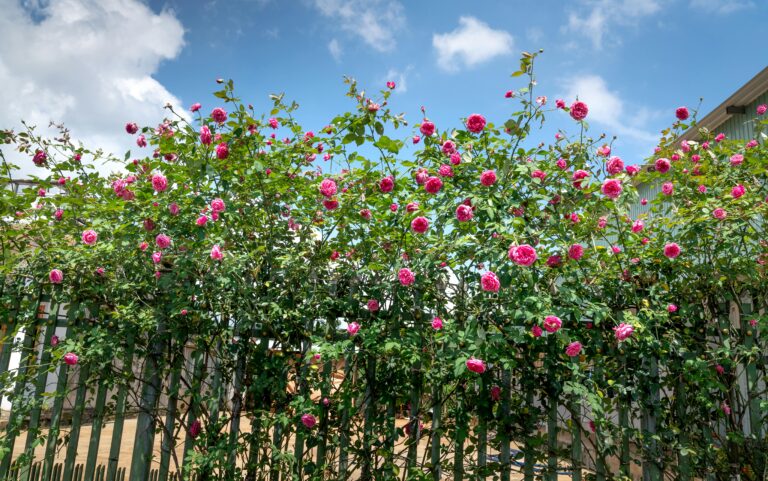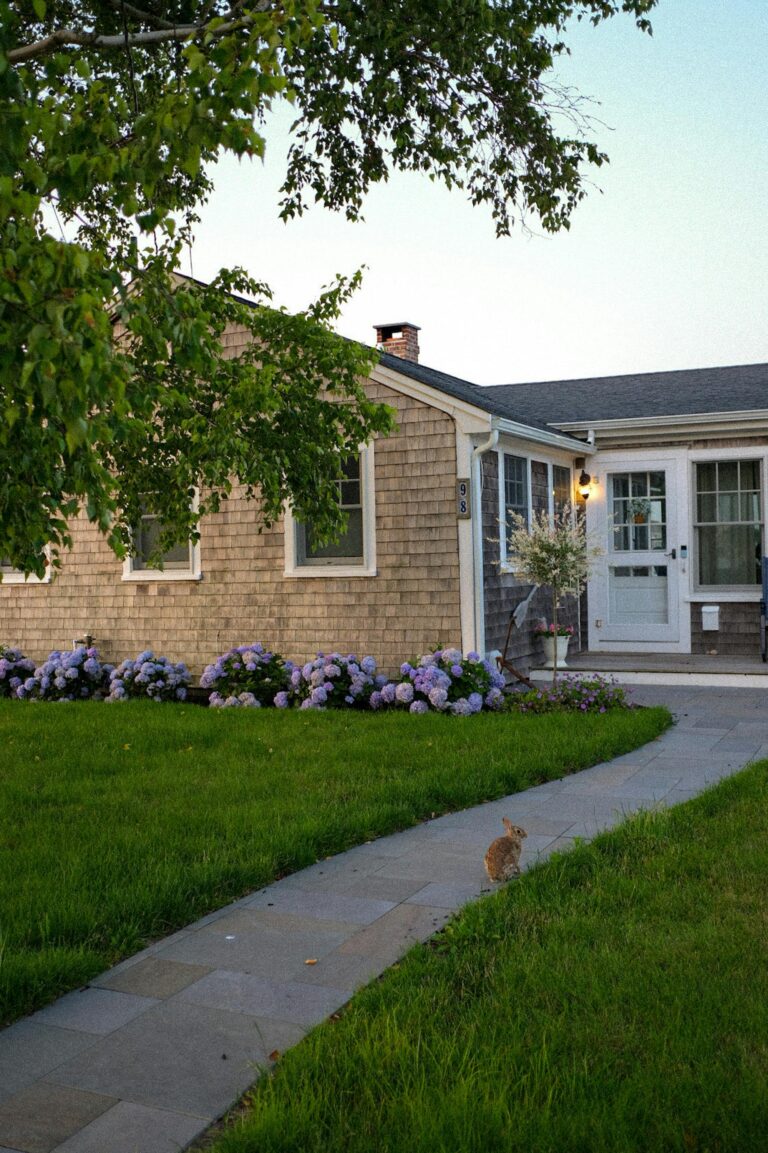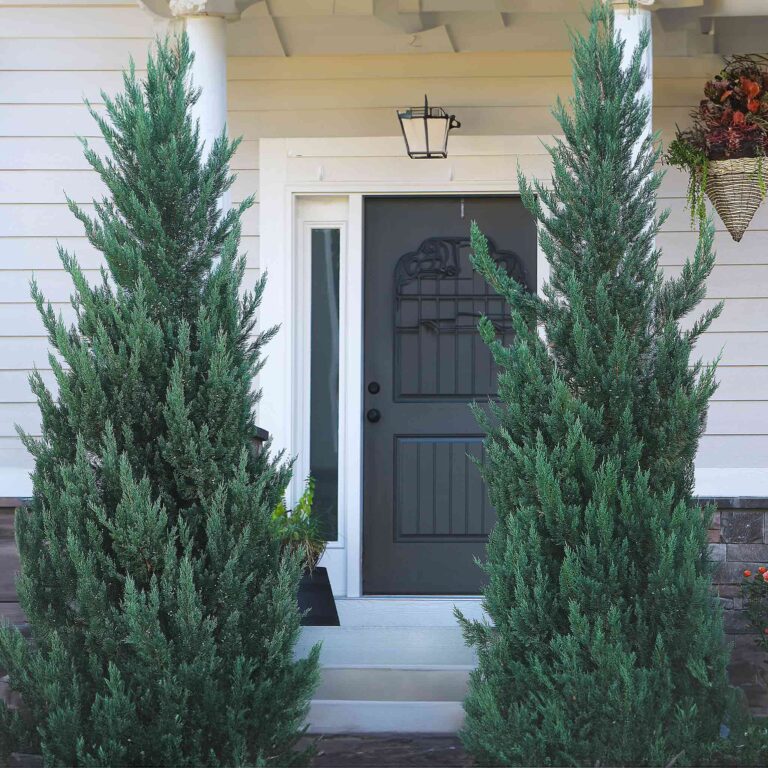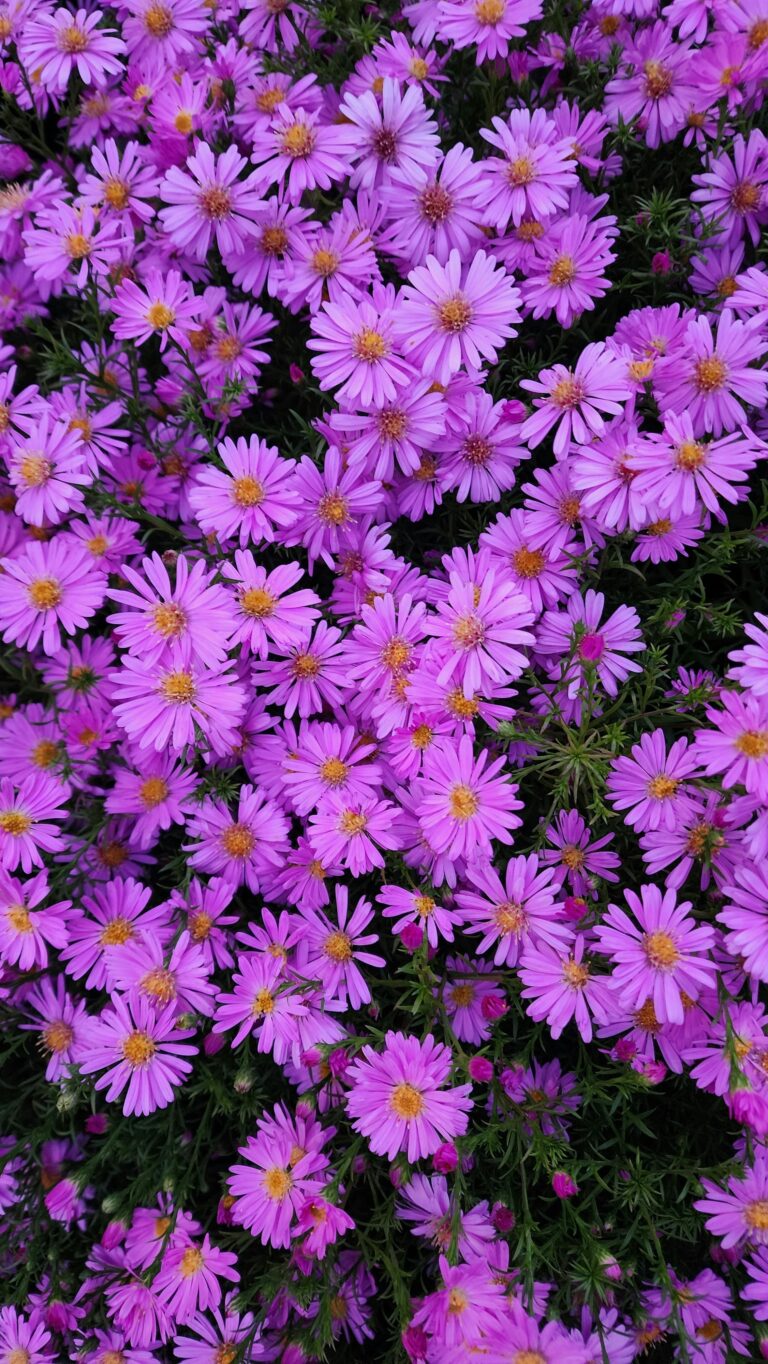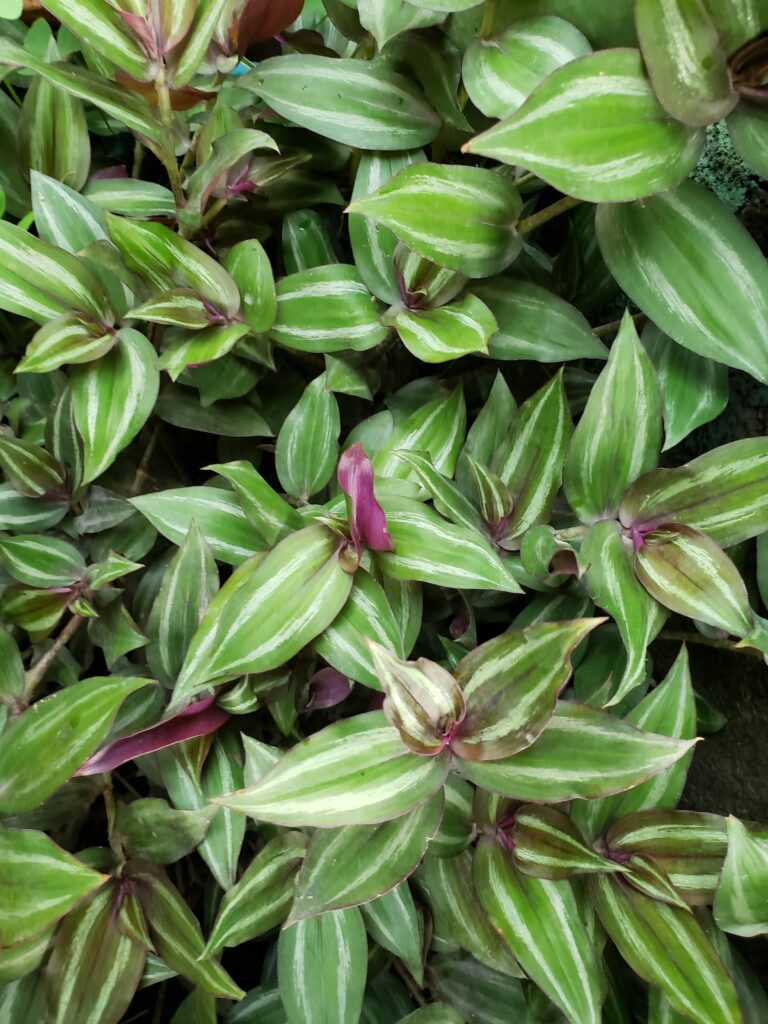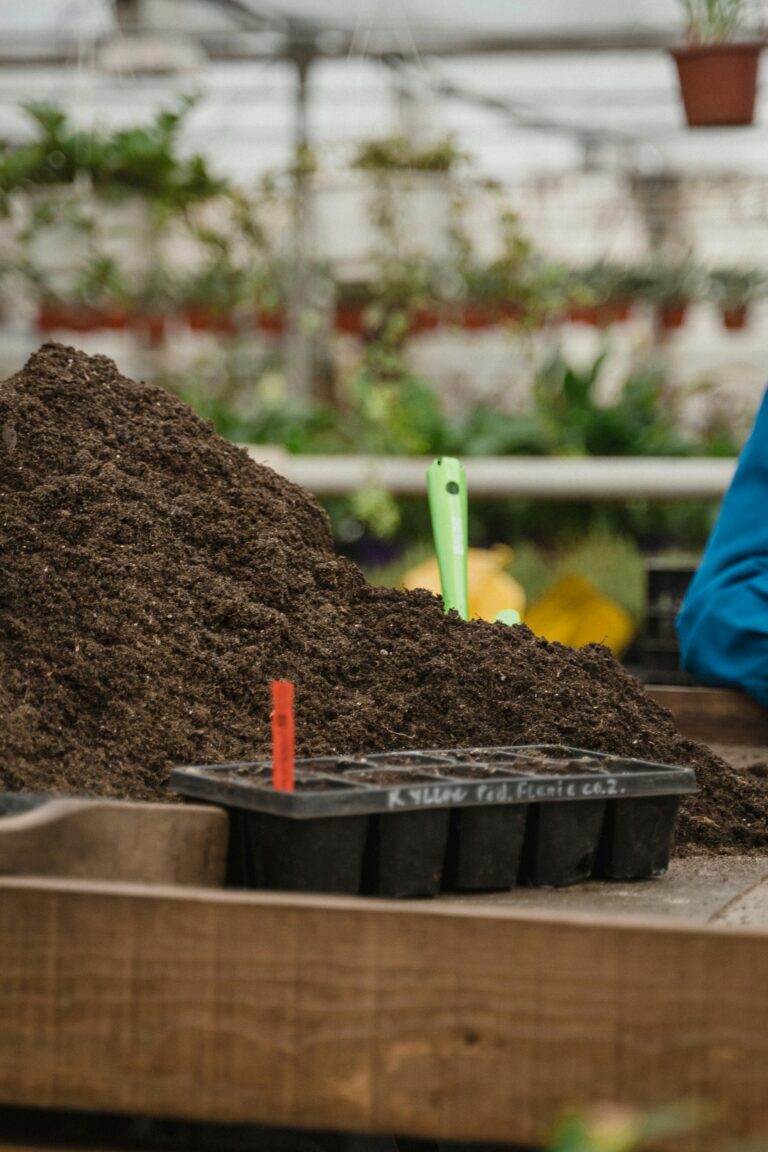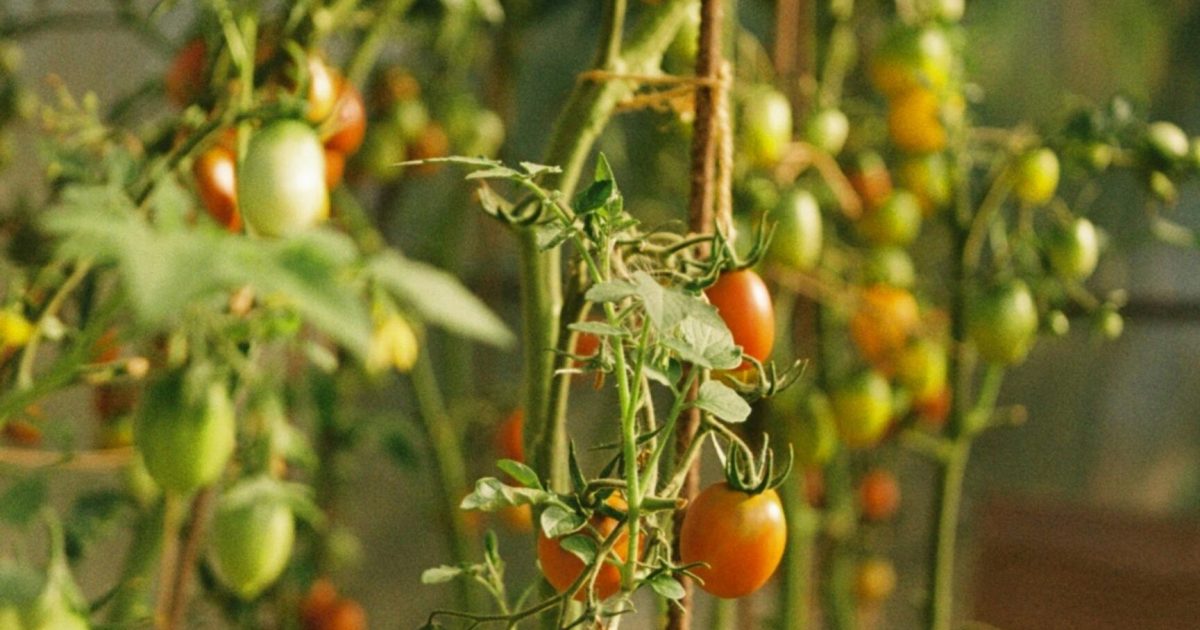
A Complete Guide to Growing Cherry Tomatoes
I’ve been gardening for five years, and cherry tomatoes have always had a special place in my garden. They’re easy to grow, and their small size belies their incredible flavor. My journey with them started because, as a beginner, I had trouble getting big tomatoes to ripen in time. The cherry tomatoes, however, always came through. Even now, with more experience under my belt, I still make room for them every year. They’re sweet, prolific, and perfect for snacking, and they keep producing even as the season winds down.
Choosing the Right Variety
When selecting a variety of cherry tomatoes, it’s all about finding the right match for your climate and your taste preferences. Over the years, I’ve tried several varieties, and each brings something different to the table. I’ve grown ‘Sungold’ for its candy-like sweetness, ‘Black Cherry’ for its unique, deep flavor, and ‘Sweet 100’ for its reliable, heavy yields. I usually like to plant a mix of different types to keep things interesting.
Starting the Season Right
I start my cherry tomatoes indoors in early spring, about 6-8 weeks before the last frost. I don’t have a greenhouse, but grow lights and a sunny windowsill do the trick. In my experience, cherry tomatoes grow best when given a slow start. Plants that grow too fast indoors tend to be leggy and weak, which makes them struggle after transplanting.
Once the seedlings are about 4 inches tall, I harden them off by taking them outside for a few hours each day, gradually increasing their time in the open air. When the soil warms up—about two weeks after the last frost—I transplant them into the garden. I’ve learned from trial and error that tomatoes hate cold soil, and planting too early can lead to poor growth and a disappointing harvest later on.
Giving Them Space to Thrive
Cherry tomatoes are indeterminate, which means they keep growing and producing fruit throughout the season. Because of this, they need plenty of space to spread. I like to plant mine about 24-36 inches apart, depending on the variety. I’ve also experimented with using different support systems over the years. While small, store-bought cages work okay in a pinch, I prefer using taller, sturdier metal cages or even a trellis. This allows me to train the plants upward, keeping them off the ground and making it easier to pick the fruit.
If you’re short on space, don’t worry—you can still grow cherry tomatoes. I’ve had success growing them in large containers with deep soil. Just make sure to give them something to climb, and they’ll reward you with a healthy harvest.
Watering and Feeding
Cherry tomatoes are hardy, but they do need consistent care to produce well. I water mine deeply about once a week, making sure to keep the soil moist but not waterlogged. It’s important to water at the base of the plant and avoid getting the leaves wet to prevent diseases like blight.
As for feeding, I apply a balanced fertilizer or organic compost every few weeks to keep the plants thriving. One thing I’ve learned over the years is that cherry tomatoes benefit from calcium. I crush up eggshells and mix them into the soil to prevent blossom-end rot.
Managing Growth and Pests
Pruning is another thing I’ve picked up in my years of gardening. I don’t go overboard, but I do remove the lower leaves that touch the soil and any yellowing or damaged foliage. This not only helps with air circulation but also keeps pests and diseases at bay.
Speaking of pests, cherry tomatoes are relatively low-maintenance, but they can still attract the usual suspects. I’ve had to deal with aphids, hornworms, and even the occasional squirrel raid. In my experience, a strong blast of water can dislodge most pests, and for more serious infestations, I use organic neem oil.
Harvesting the Fruits of Your Labor
The best part of growing cherry tomatoes is the harvest. These little gems ripen quickly and continue producing until the first frost. I usually start picking them in mid-July, and by late summer, I’m swimming in cherry tomatoes. The key is to pick them when they’re slightly underripe. They’ll continue to ripen off the vine, and this way, you’ll avoid the disappointment of finding overripe, split tomatoes.
One year, I made the mistake of leaving the fruit on the vine too long, thinking they’d be sweeter if I waited. What I learned is that cherry tomatoes are best picked just as they start to soften. Once they get mushy, their flavor dulls, and they’re not nearly as enjoyable.
My Favorite Varieties
After years of trial and error, I’ve developed a shortlist of go-to cherry tomato varieties that never disappoint:
- ‘Sungold’: These golden-orange tomatoes are hands-down the sweetest I’ve grown. They’re a bit more delicate, but the flavor is worth the extra care.
- ‘Black Cherry’: For something a little different, I love ‘Black Cherry.’ The dark skin and rich, almost smoky flavor make it a standout in my garden.
- ‘Sweet 100’: If you want sheer quantity, ‘Sweet 100’ is the way to go. The plants produce clusters of bright red tomatoes that just keep coming.
Final Thoughts
Growing cherry tomatoes has become one of my favorite gardening experiences. They’re forgiving, fun, and deliver a rewarding harvest. Whether you’re growing them in your garden or in a pot on the patio, with a little care, you’ll be enjoying delicious cherry tomatoes all season long. For me, they’re a must-grow every year, and I don’t see that changing anytime soon. Happy gardening!

